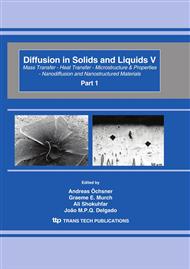p.1122
p.1127
p.1133
p.1140
p.1146
p.1152
p.1160
p.1167
p.1171
Analysis of Cryogenic Refrigeration Cycle Using Two Stage Intercooler
Abstract:
This paper presents the comparison of performance characteristics for the several natural gas liquefaction cycles. The liquefaction cycle with the staged compression was designed and simulated for improving the cycle efficiency using HYSYS software. This includes a cascade cycle with a two-stage intercooler which is consisted of a Propane, Ethylene and Methane cycle. In addition, these cycles are compared with a modified staged compression process. The key parameters of the above cascade cycles were compared and analyzed. The COP (Coefficient of Performance) of the cascade cycle with a two-stage intercooler and a modified staged compression process is 13.7% and 29.7% higher than that of basic cycle. Also, the yield efficiency of LNG (Liquefied Natural Gas) improved compared with the basic cycle by 28.5%.
Info:
Periodical:
Pages:
1146-1151
Citation:
Online since:
April 2010
Authors:
Keywords:
Price:
Сopyright:
© 2010 Trans Tech Publications Ltd. All Rights Reserved
Share:
Citation:


